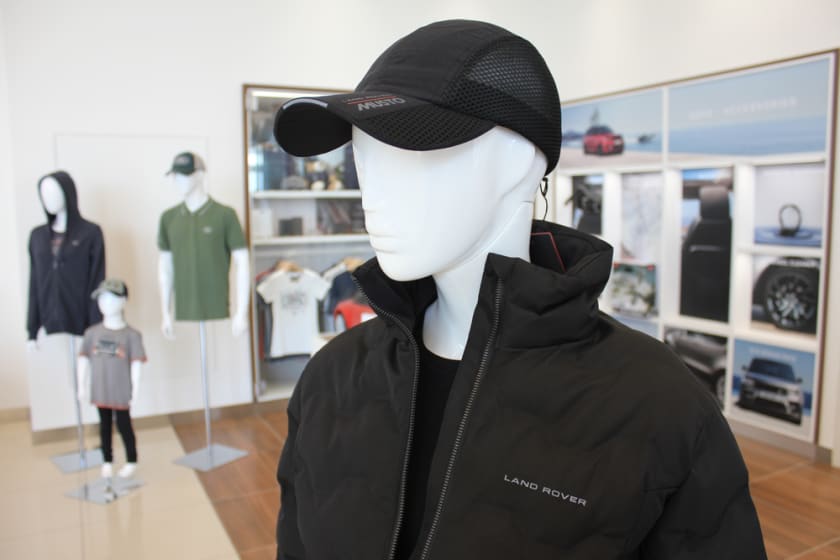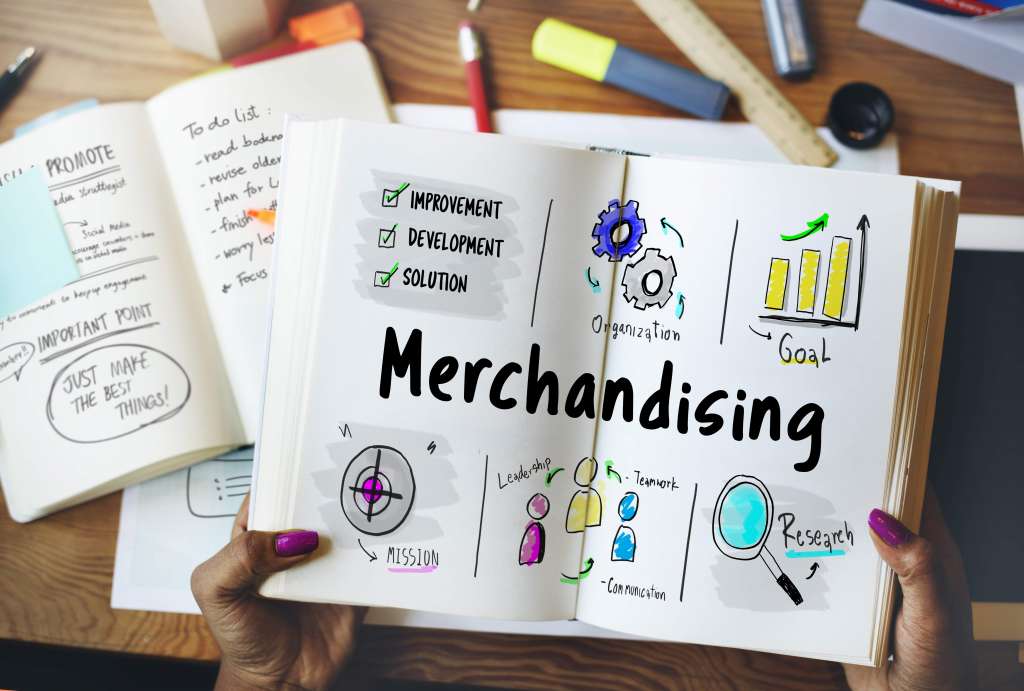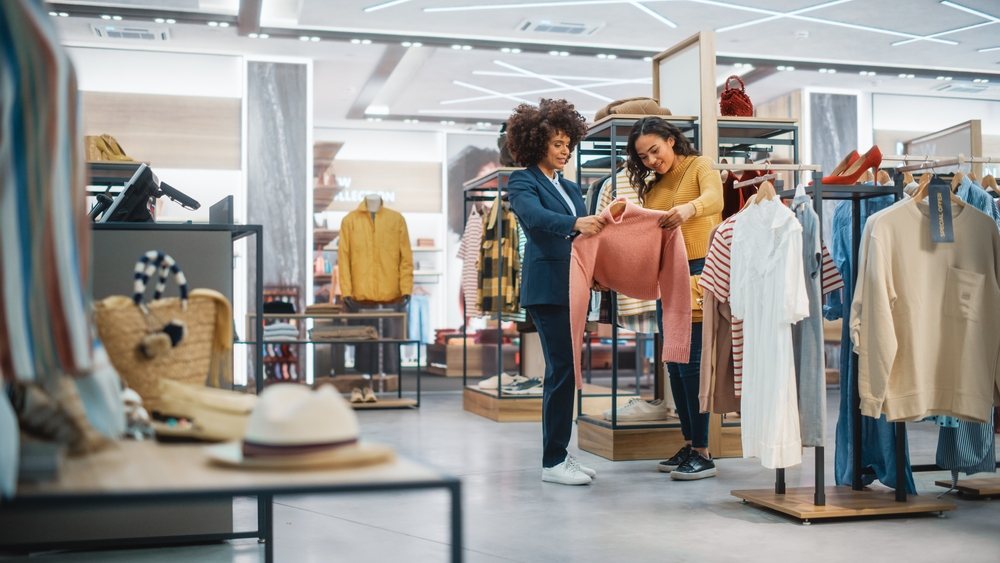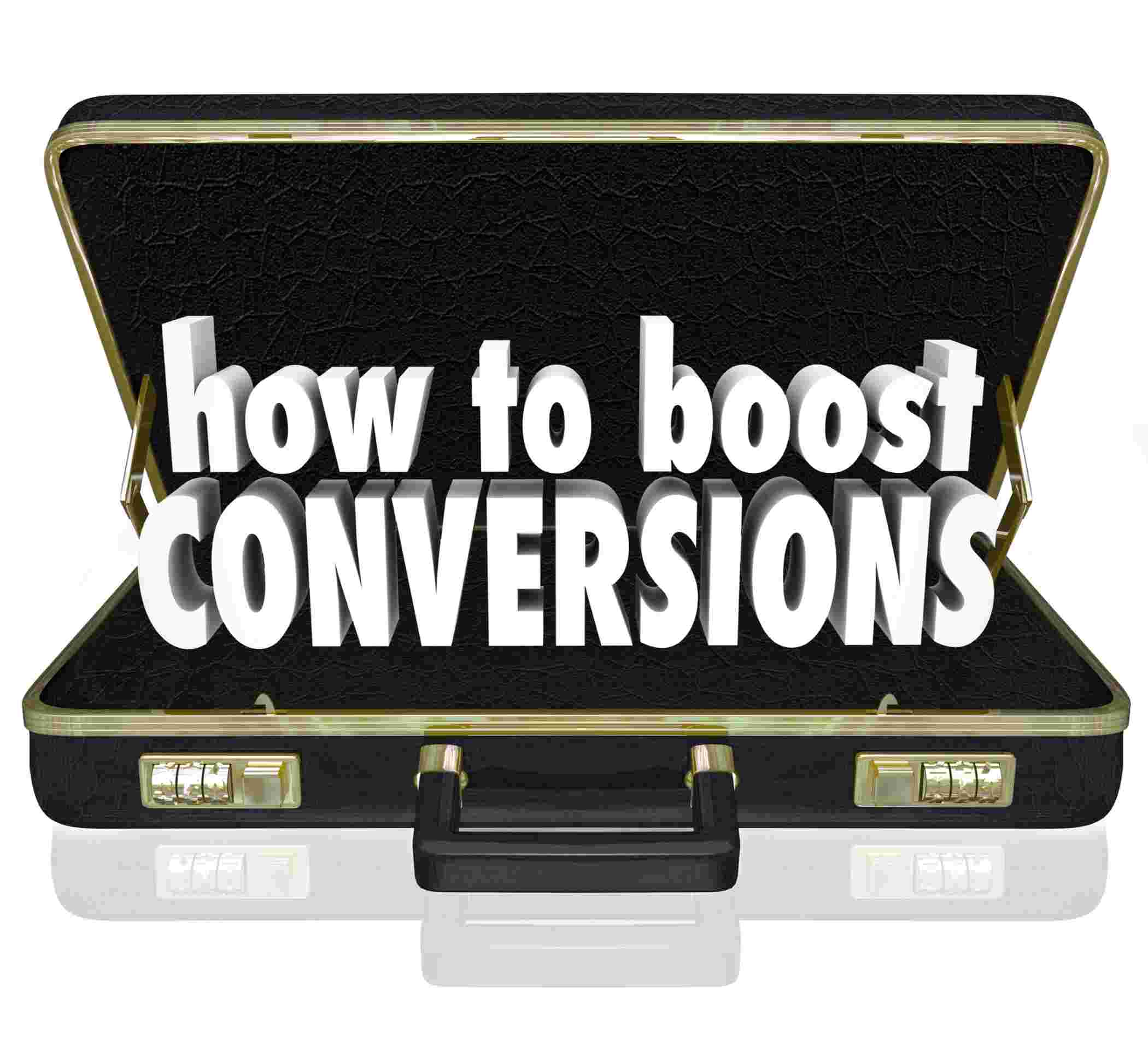Four Types of Merchandise and their Effects on Retailers



Introduction
'Merchandise' is derived from the French word 'Marchandise,' which means merchant. Merchandising has been in place since trading and has upgraded with societal changes. Merchandises are goods that retailers procure to sell to different consumers, and the different process involved in selling the merchandise is known as merchandising. Merchandises are essential as it helps in building the nation's economy. Consumers need merchandise, and the retailers provide it. The regular exchange of merchandise helps the retailers earn profits in the business.
The key to a successful garment business is selling their merchandise by making good profits. The practice of stimulating the consumer to purchase the merchandise is known as merchandising. The merchandising package has a selection of products, design, packaging, pricing, display, and marketing activities.
This article will discuss the different types of merchandising and how they affect retailers in their business.
Merchandise

Merchandise is different types of goods (personal or commercial) or commodities that retailers sell to consumers. There are different kinds of merchandise; a retailer should look at the consumer's needs and provide the same.
Merchandising is the process of presenting and promoting merchandise available for purchase under the wholesale or retail category. Merchandising has to follow different trends, climates, and cultures to stay on top of the market. This is known as cycles of merchandising. These include garments for school schedules, climatic changes, and regional holidays. For instance, retailers should stock woolen clothes just before the winter's arrival to fulfill the customer's requirements.
The merchandising process determines quantities, sets prices of goods, creates display designs, develops unique marketing strategies, and provides different discounts to customers. Merchandising is an important part of the garment business as it helps the retailers to grow their brand, improve customer experience, have an upper edge over competitors, and enhance the sales of the garment.
For a retailer to succeed in the garment business, four different factors play an important role. When these factors fall in the right place, the business takes off successfully. Let's look at the four factors.
- Types of merchandise sold - The success of the retail garment business depends upon the types of goods sold. The retailer should understand the market before starting the business. Keeping the goods as per the requirement of the market would provide a boost in the business.
- Localization of assortment - The retailer should procure goods per local demand. Providing the right product at the right place and time helps the retailer to increase their business. For example, if the retailer can provide school uniforms during admission, it can be termed localization of assortment.
- Good customer service - A retailer would only succeed if it offered good customer service. Meeting the customer's requirements and attending to their issues related to the goods procured from their store would lead to increased business.
- Perfect pricing - Finally, it is all about pricing. Several retailers are selling the same goods in the market. Apart from the brand and customer service, pricing plays a crucial role in increasing the footfall in the store. Competitive pricing for the goods can help the retailer grow its business.
Types of merchandise
There are four types of merchandise. Let's look at the types of merchandise and what it means for retailers.

Convenience goods
The basic products for living and a person cannot go without them come under convenience goods. Convenience goods are available everywhere and are procured regularly easily. So, there are no brainstorming sessions required to procure the convenience goods. If the regular brand of convenience goods is unavailable, the consumer can go for different brands as they would serve the same purpose.
These goods are comparatively cheaper than other merchandise. The goods are price sensitive and have a low opportunity cost for consumers. So, the retailers must balance the price and demand of the convenience goods to earn good profits. The retailer should confirm that increasing the prices does not affect the sales of the goods negatively.
So, when it comes to convenience goods, retailers must sell many goods to earn good profits. Some common examples of convenience goods are food, cleaning & personal hygiene products, and newspapers.
Impulse goods
Whenever anyone goes shopping with a list, there is a high chance that some goods will be purchased after seeing them in the retail store. This is not a standalone case. Most shoppers do that, and the goods procured in this manner are known as impulse goods.
The retailers should place the impulse goods in such a place that they should catch the eye of the consumer. This would lead to consumers picking the goods without thinking twice. This buying is never planned. If the impulse goods are not placed in appropriate locations, they will not catch the consumer's attention, and this merchandising strategy will fail.
The most common place to place the impulse goods is near the billing counter, where it catches the eyes of the consumers. Some common examples of impulse goods are chocolates, magazines, and small toys.
Shopping products
Not all products are procured regularly or purchased spontaneously. The products which are thoroughly researched come under the category of shopping products. These products are not procured frequently because of the extensive research required.
The research includes comparing the specifications, pricing, brands, quality, content, and several other factors. There is the involvement of emotional and psychological aspects while purchasing shopping products. The retailer should provide all the information to the consumers to help them make an informed decision before purchasing a shopping product.
Consumers won't find the shopping products on display like impulse goods. There would be specific stores that house these products. Some common examples of shopping products are televisions, washing machines, mobile phones, and laptops.
Specialty Goods
Suppose a consumer has to move to a different town to procure a particular good from a particular store, the good fall under specialty goods. The retail store providing specialty goods are known as specialty stores. Consumers are ready to do extensive research, spend a premium, and travel long distances to procure specialty goods.
In the case of specialty goods, the consumers are sure about the product and would never compare it with other brands and won't settle for the same product from another brand. The consumer would not accept any alternative offering to specialty goods.
These goods are exclusive products, and the exclusivity makes them special among consumers. Some common examples of specialty goods are luxury cars, certain brands of alcohol, and exclusive services.
These four types of merchandise help retailers understand their goods and position them accordingly for their consumers. Retailers need to strategize their buying according to the four types of merchandise. This will help them in reaching out to more consumers.
Conclusion
Merchandises are goods that consumers buy from different retailers. Buying merchandise depends upon the types of merchandise sold, quality of customer service, ease of procurement of merchandise, and pricing strategy of the merchandise. The merchandise is divided into four different types based on consumers' buying habits. They are convenience, impulse, shopping, and specialty goods. For a business, knowledge about different kinds of merchandise and the factors involved in buying merchandise helps run the business smoothly.
When it comes to garment manufacturing and merchandising, the garment manufacturers can connect with certified suppliers through Fashinza. Visit Fashinza for more details and expert assistance.



















